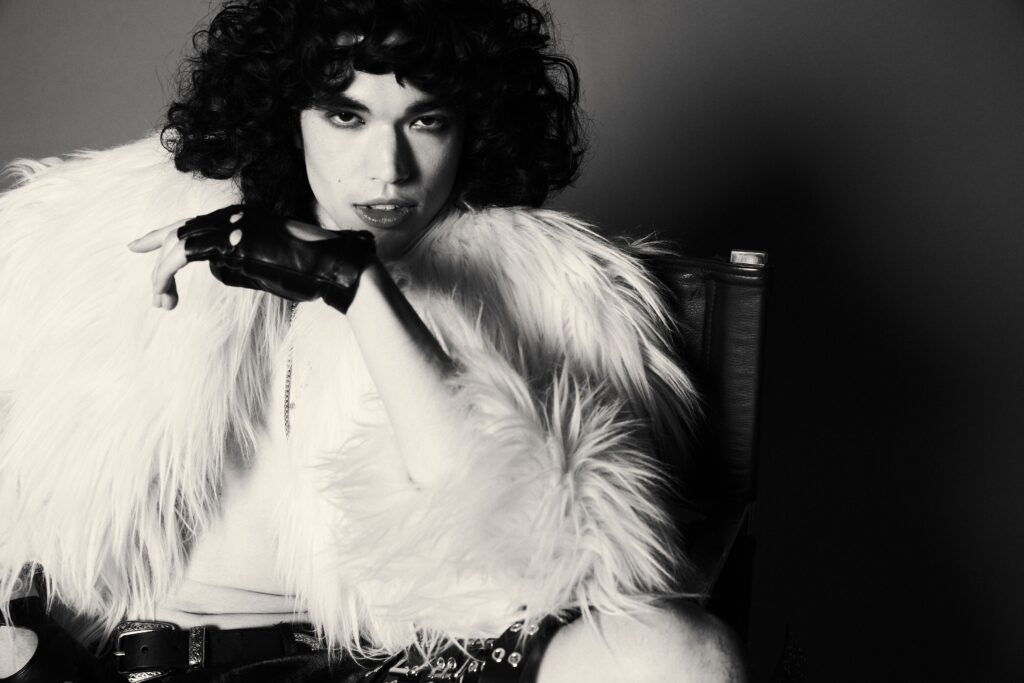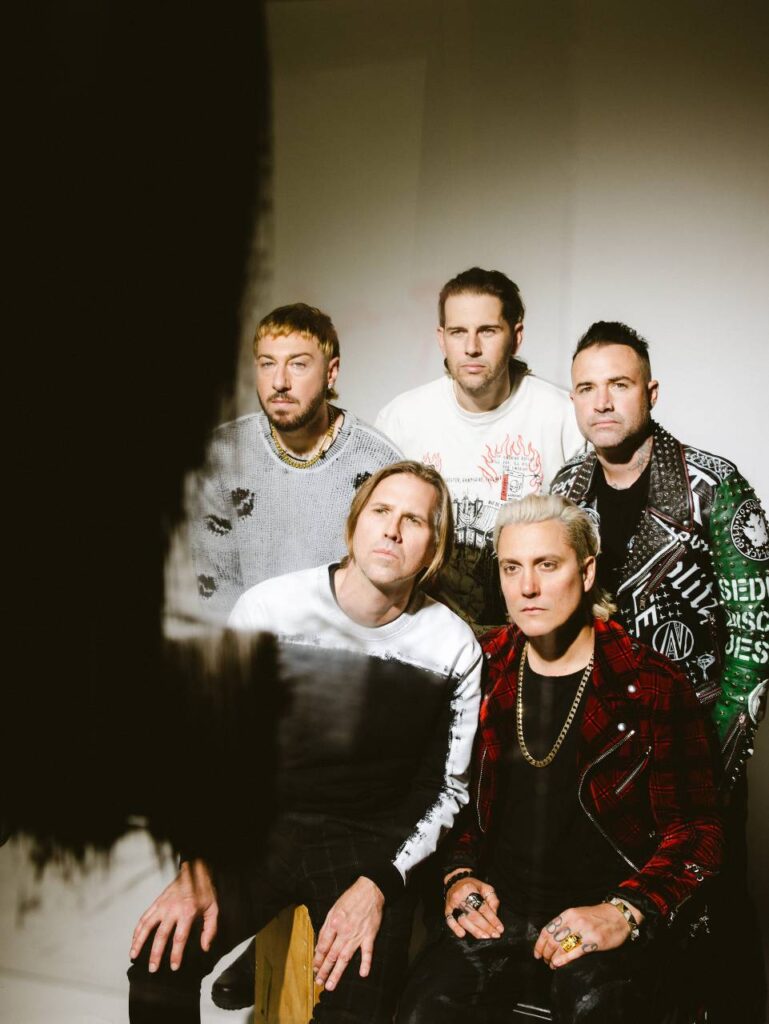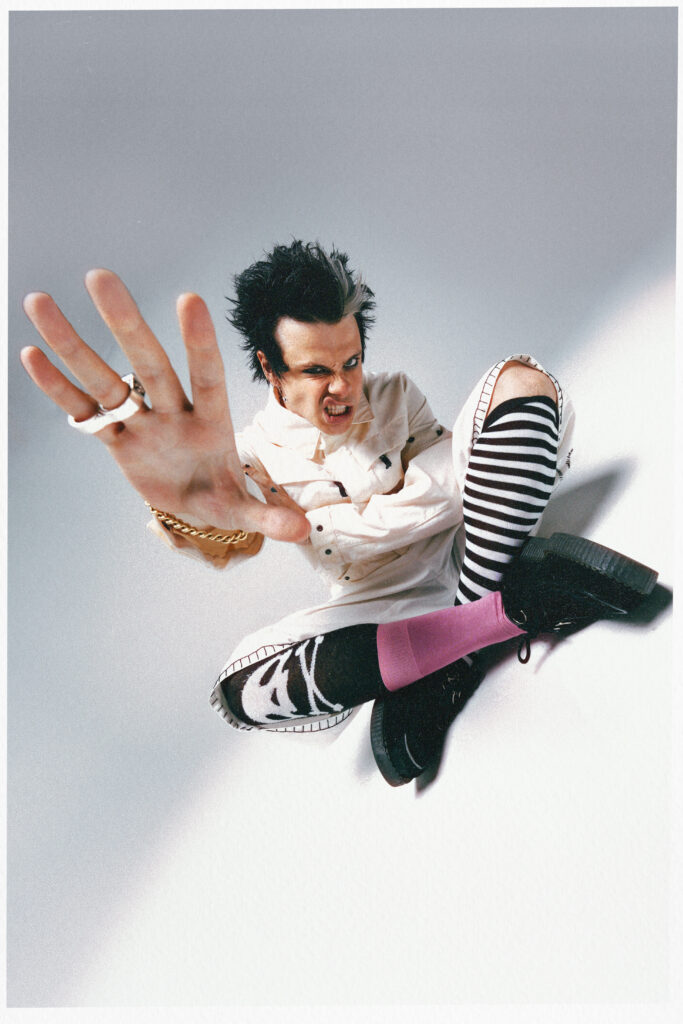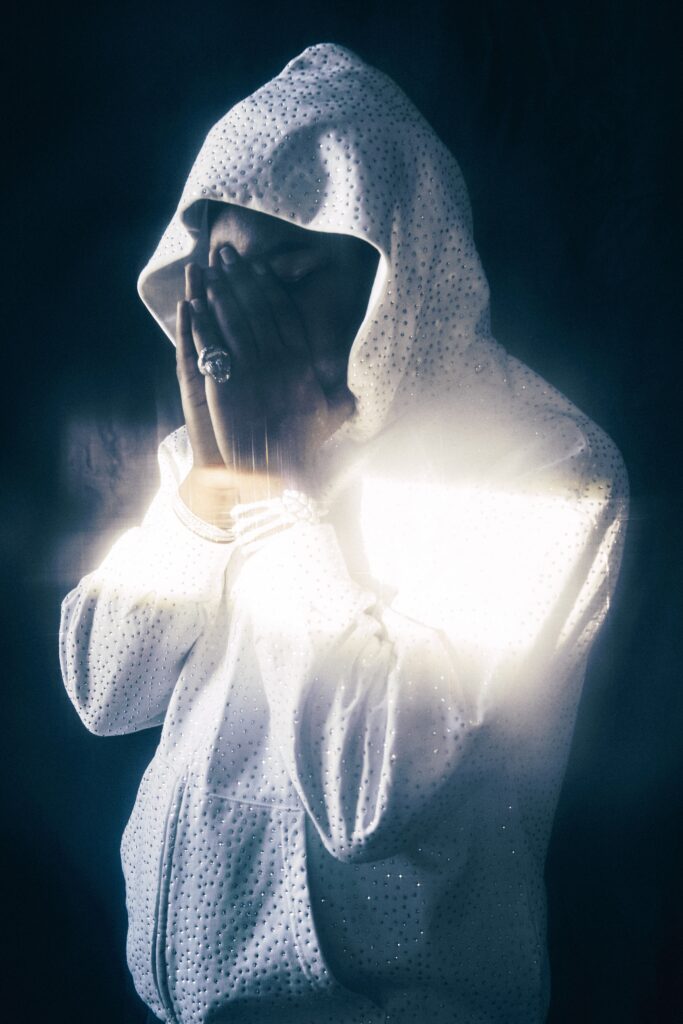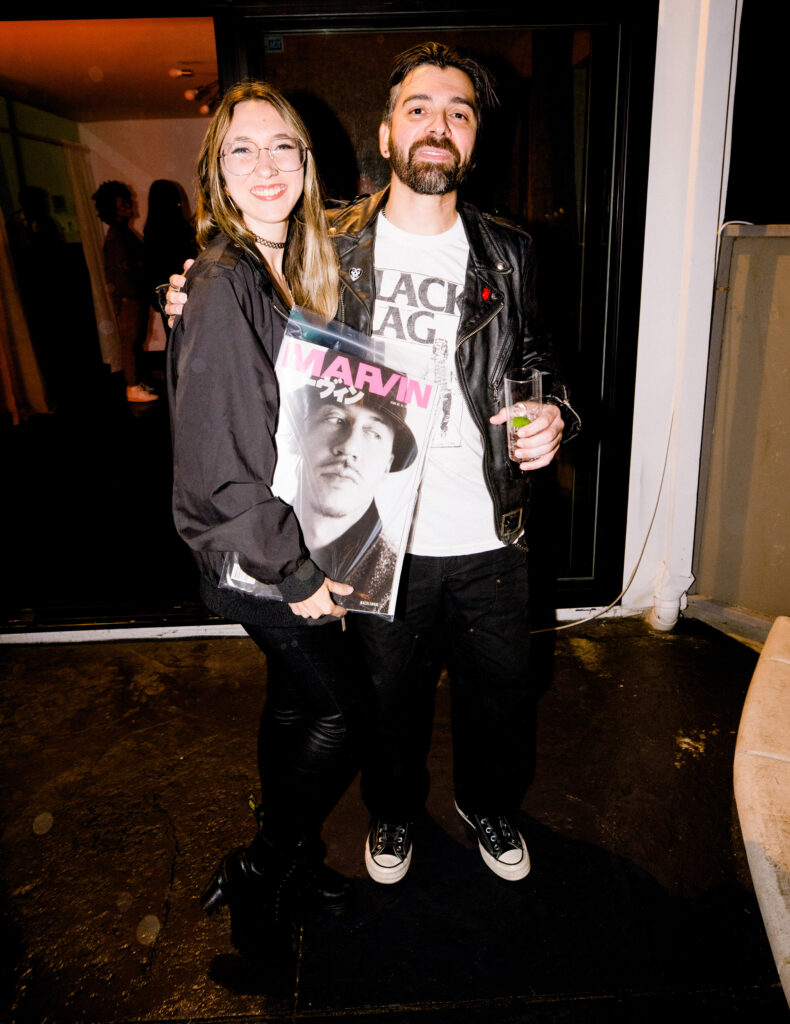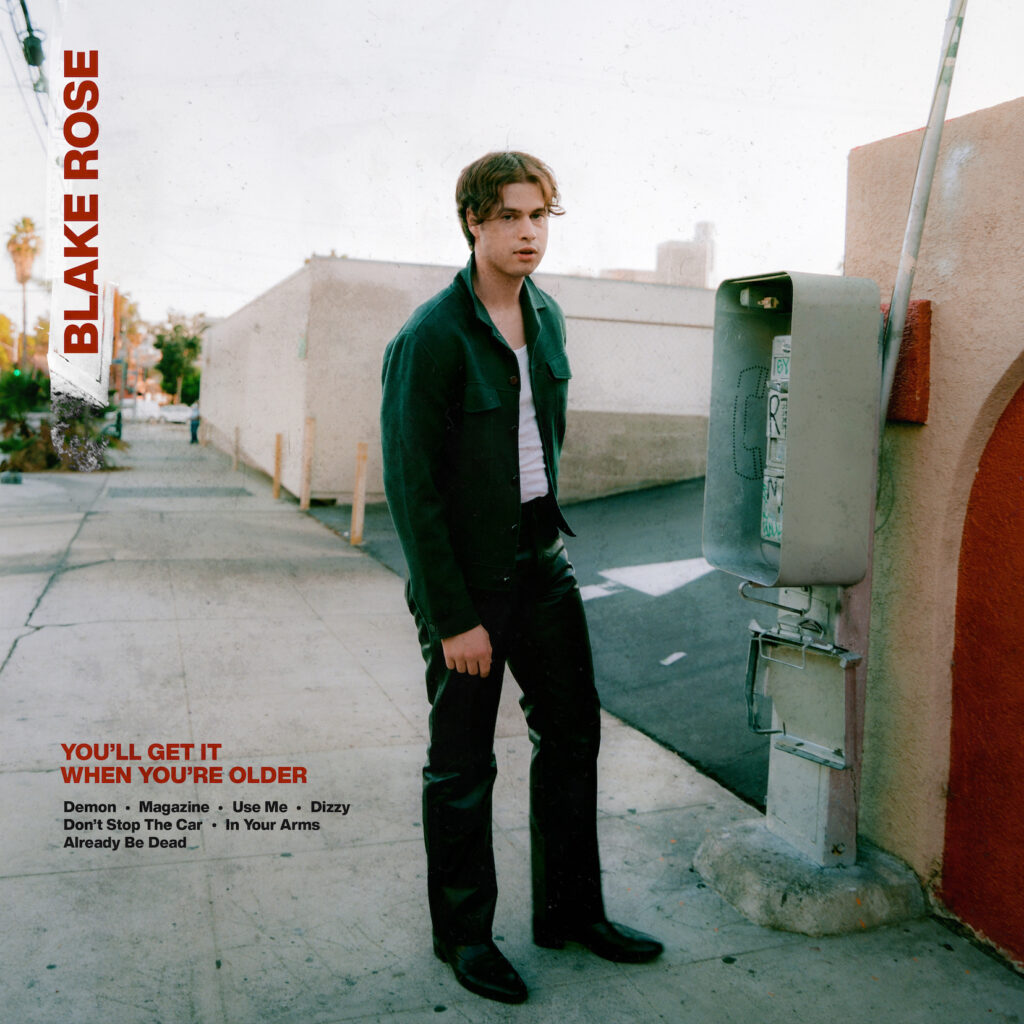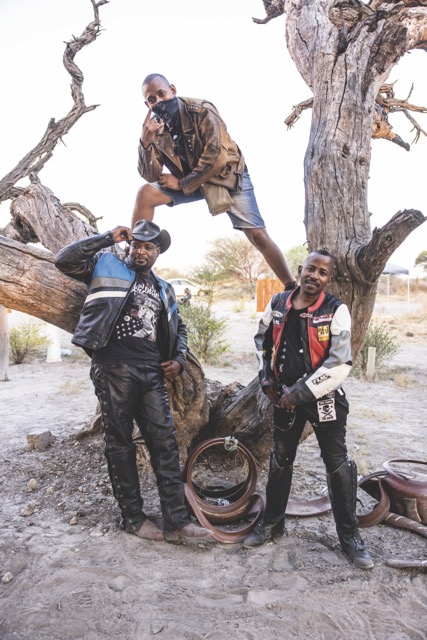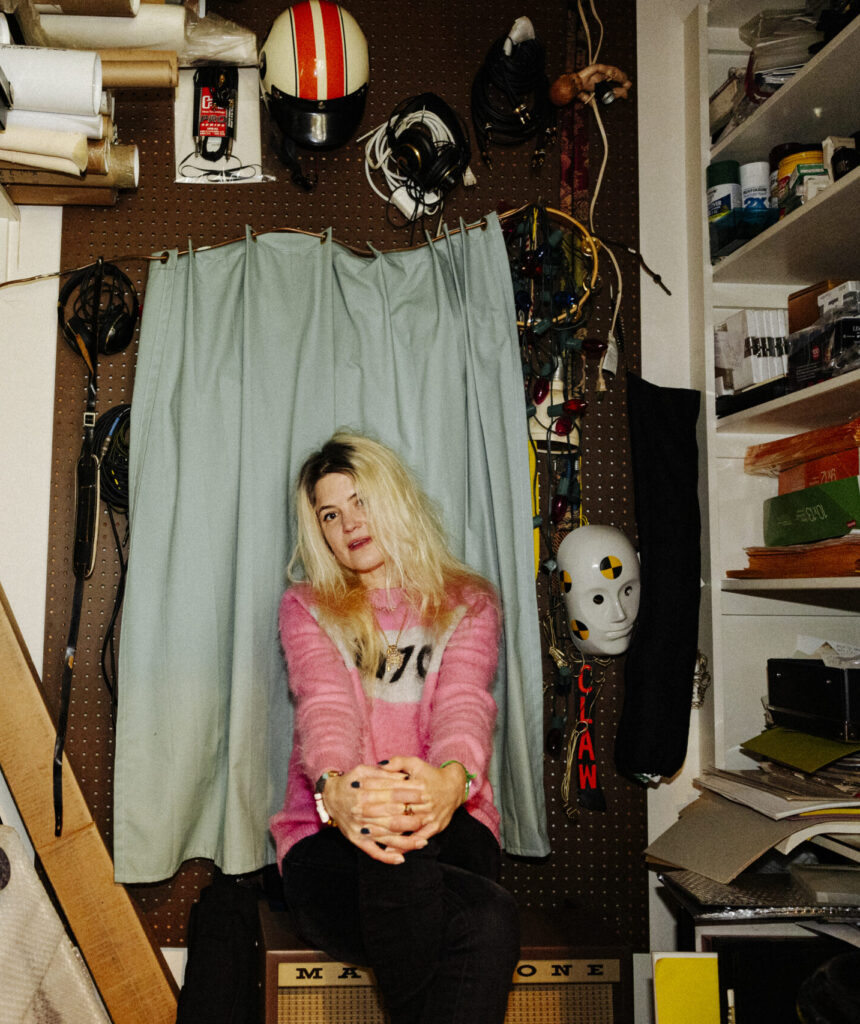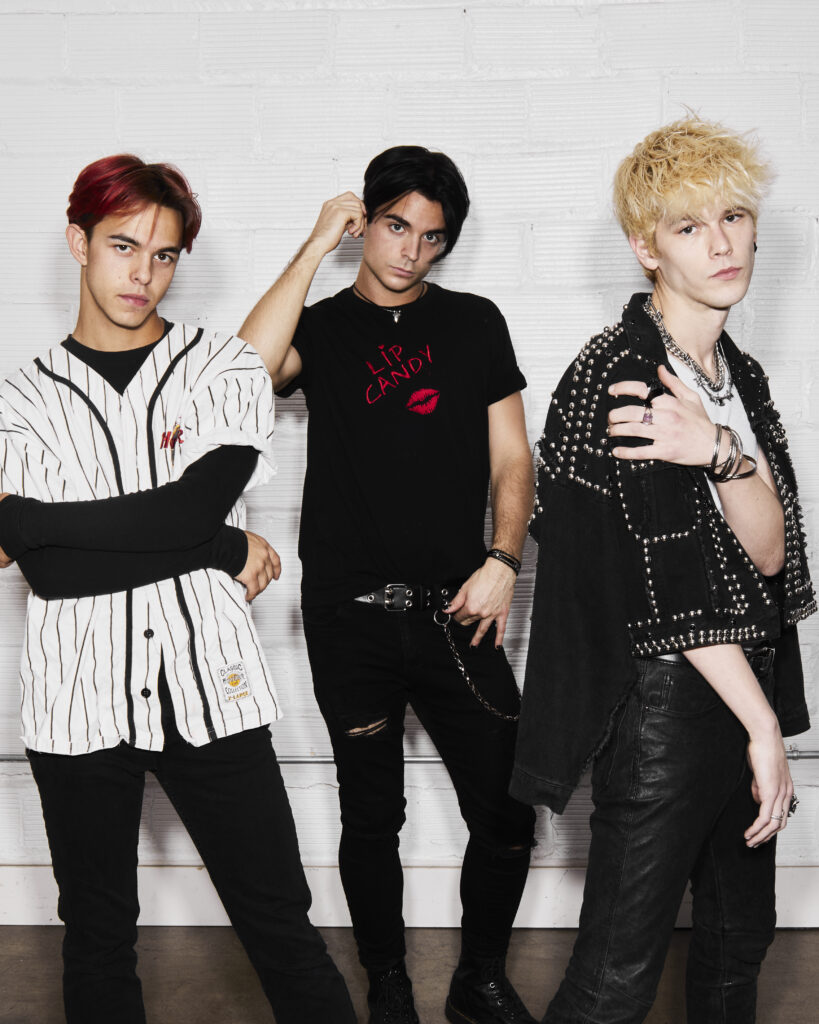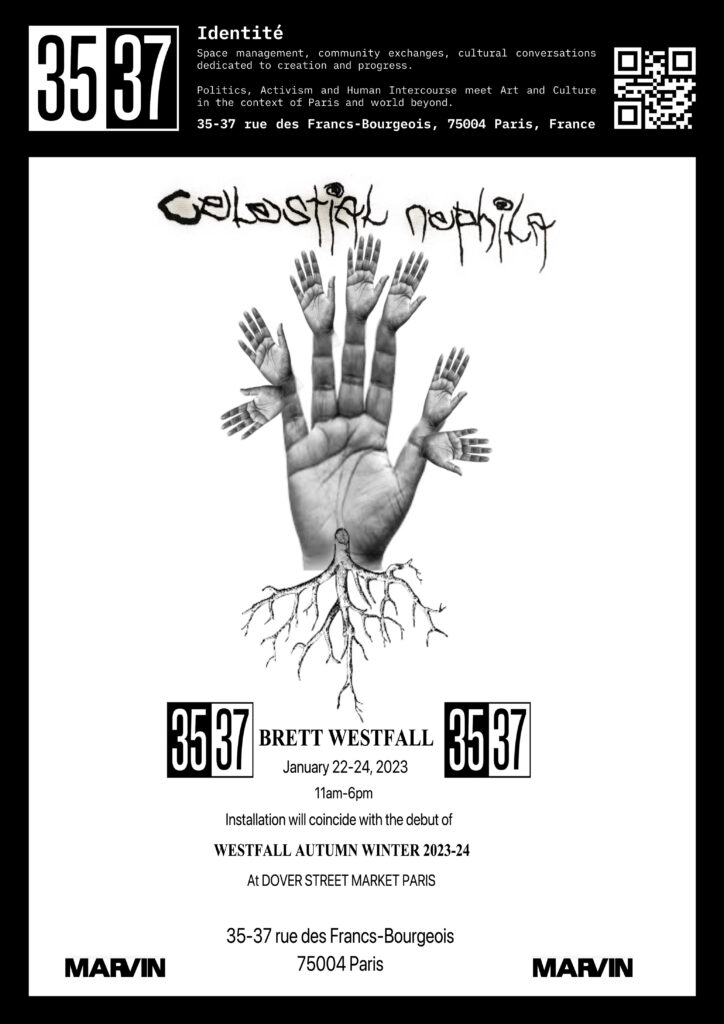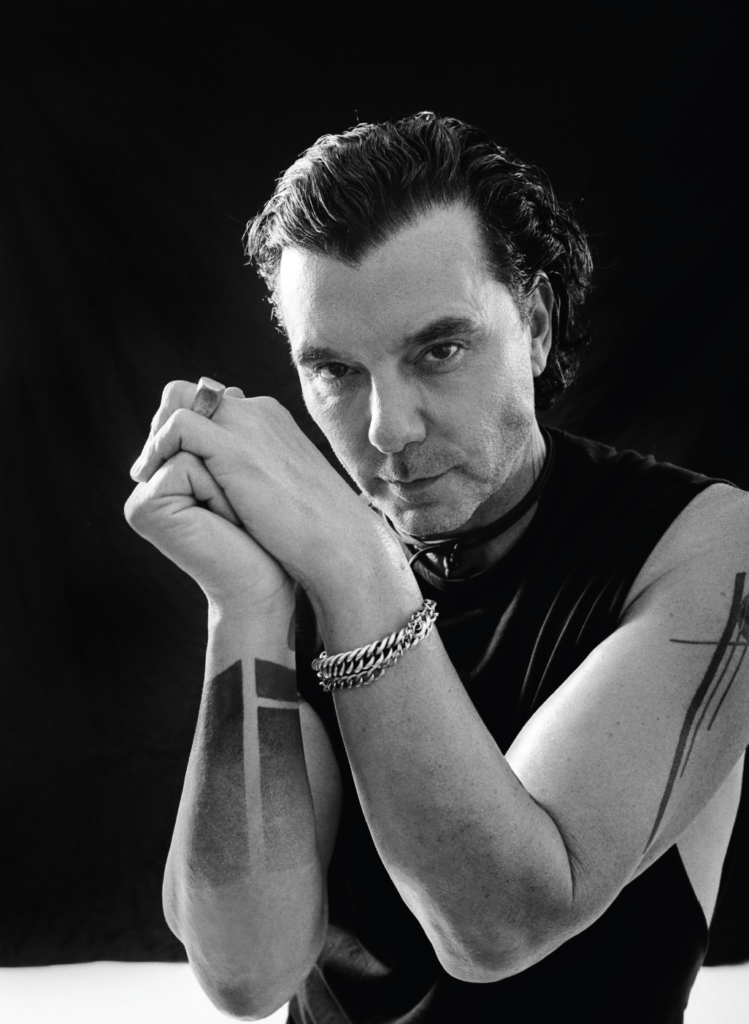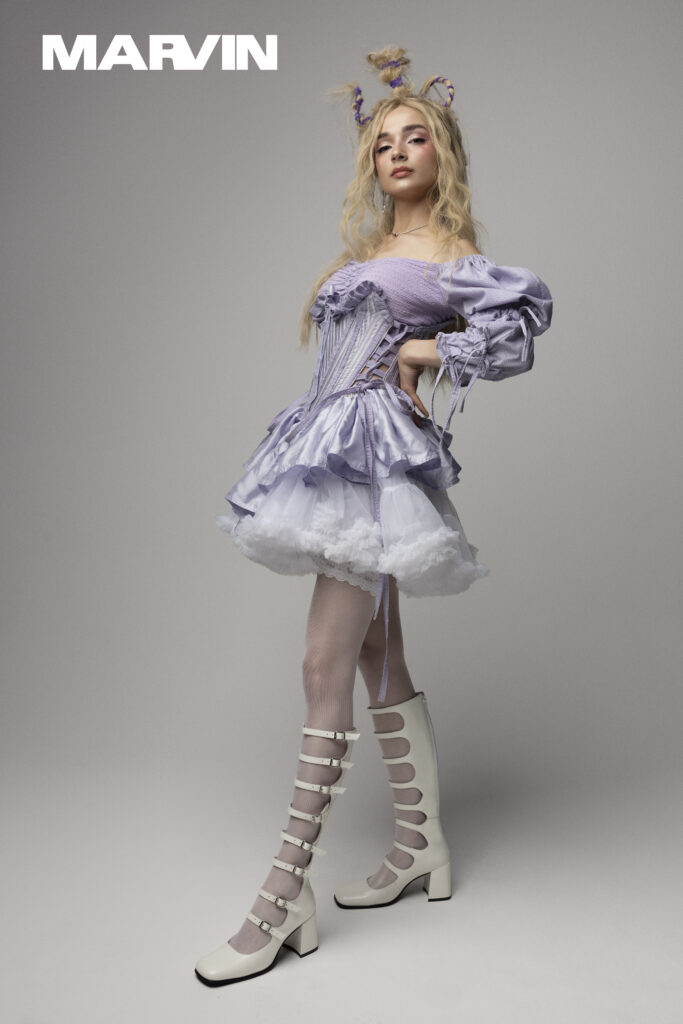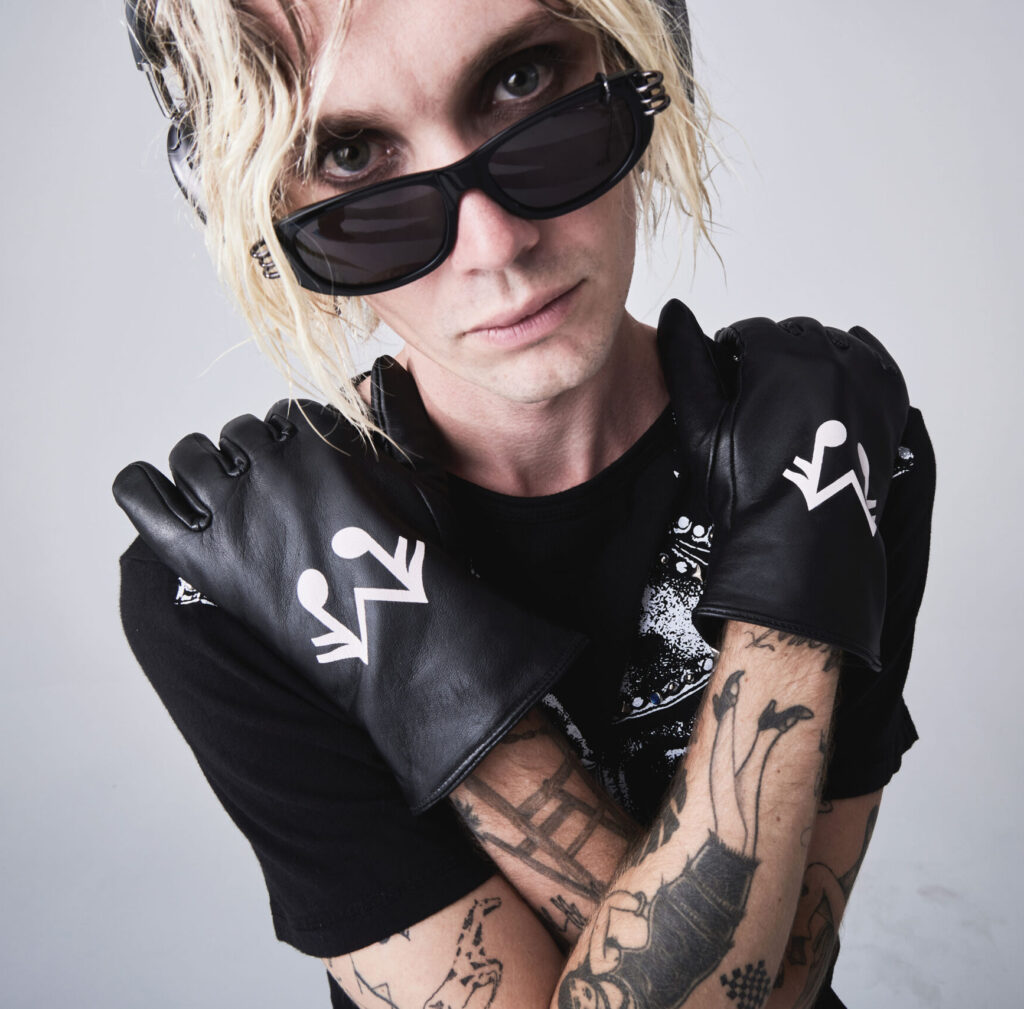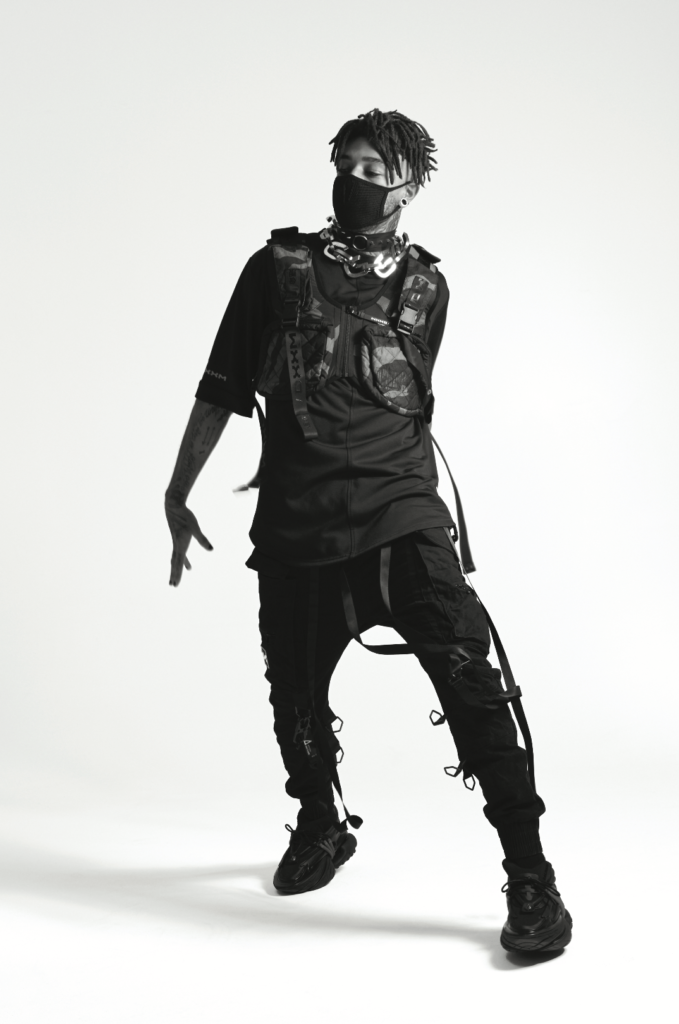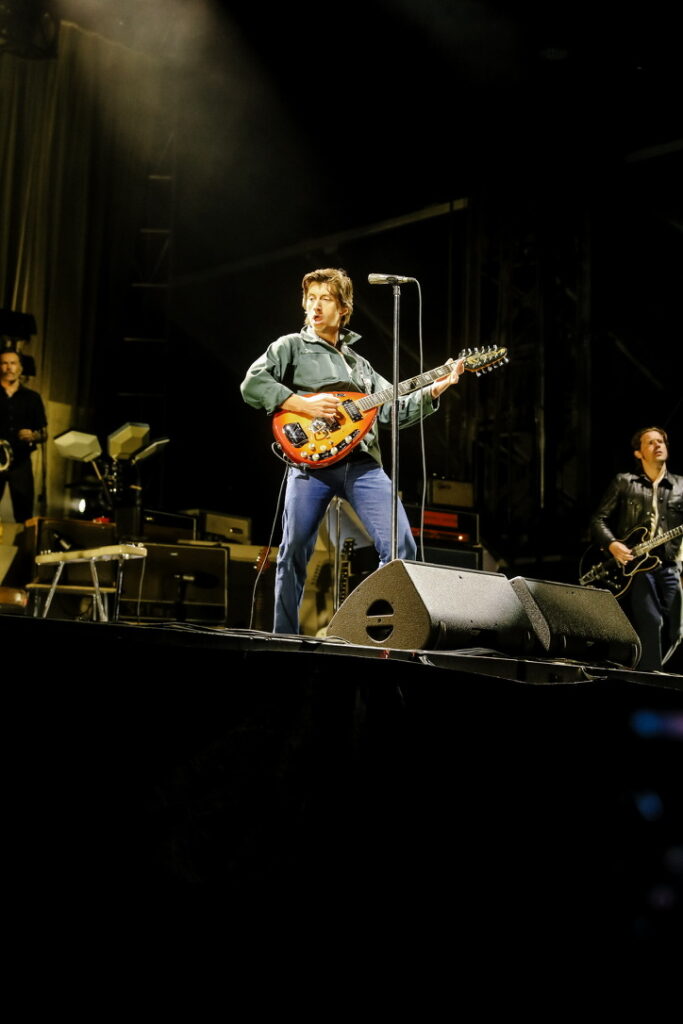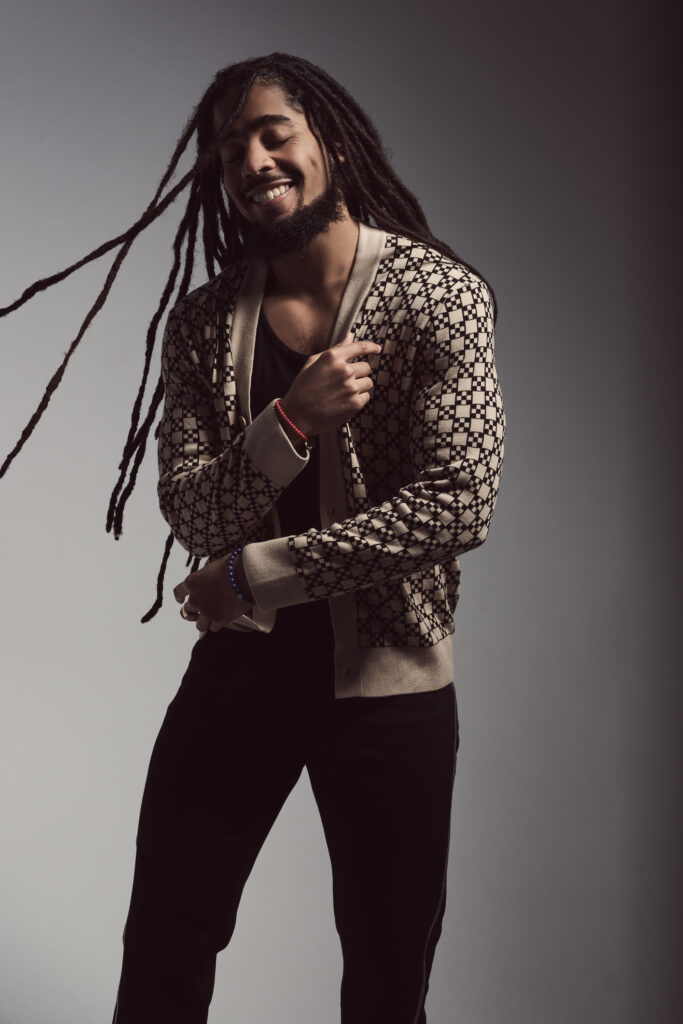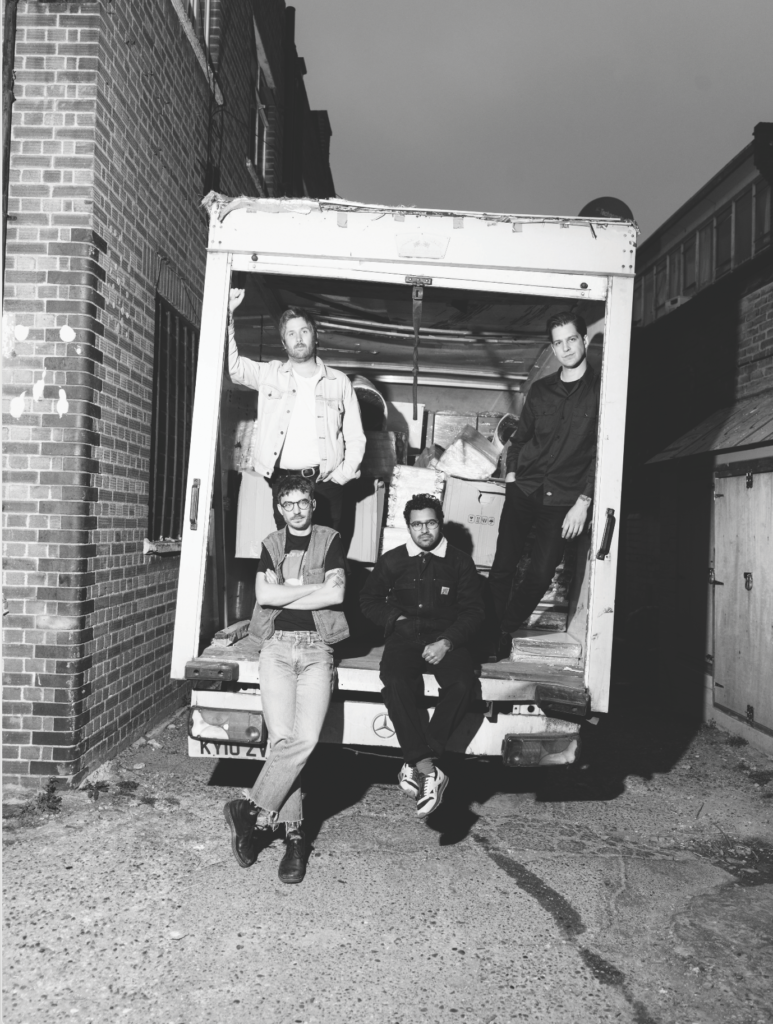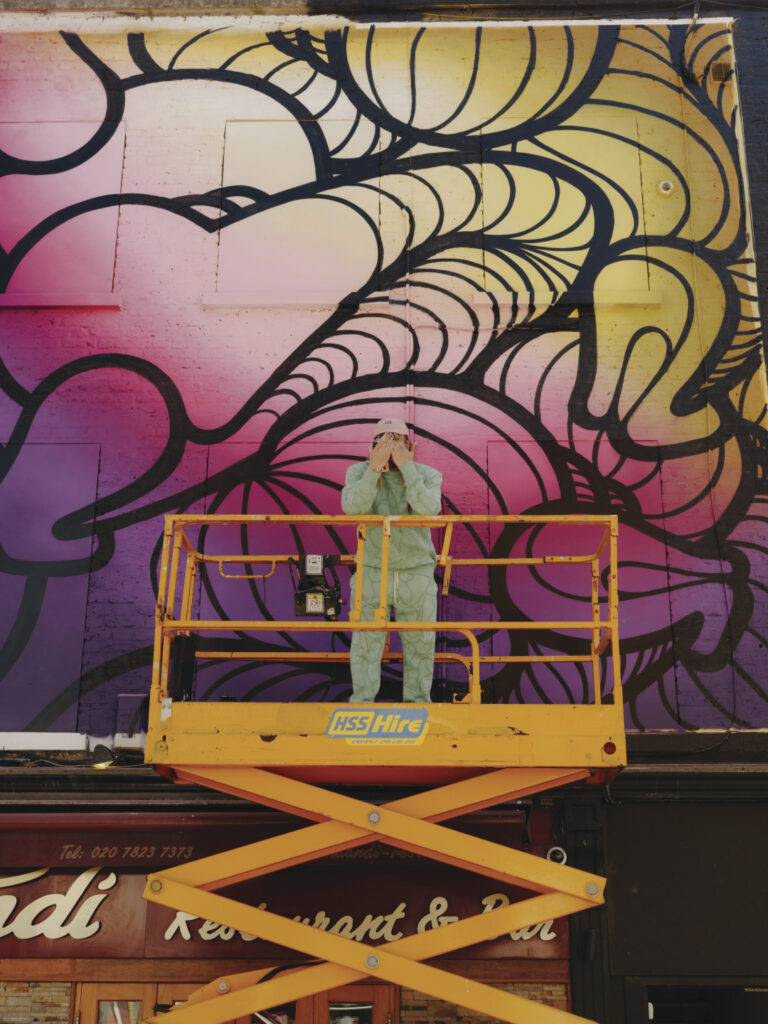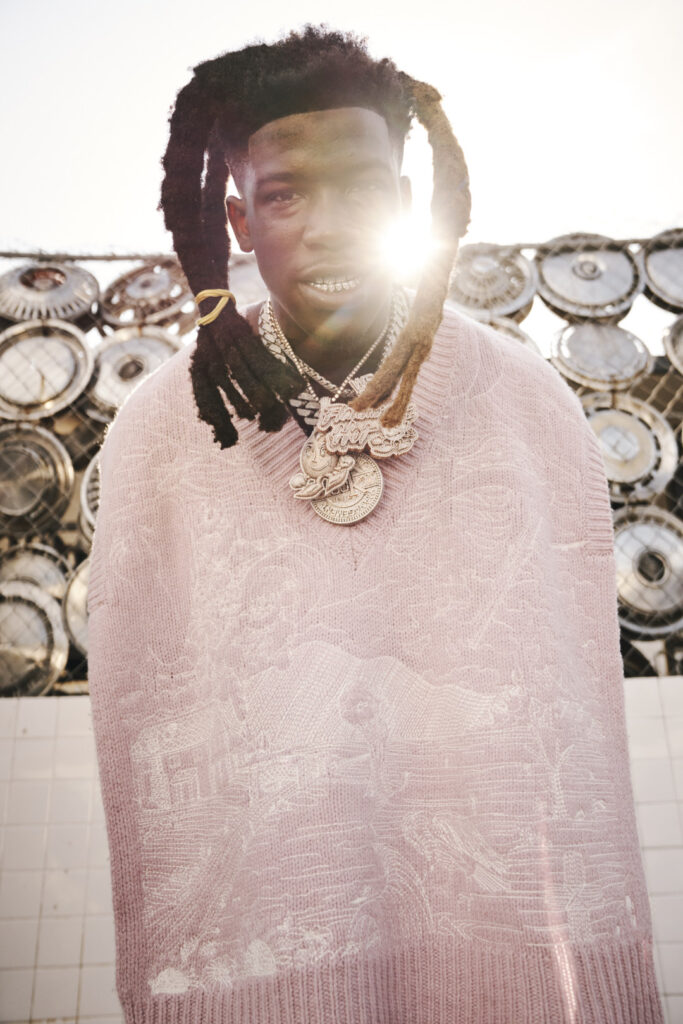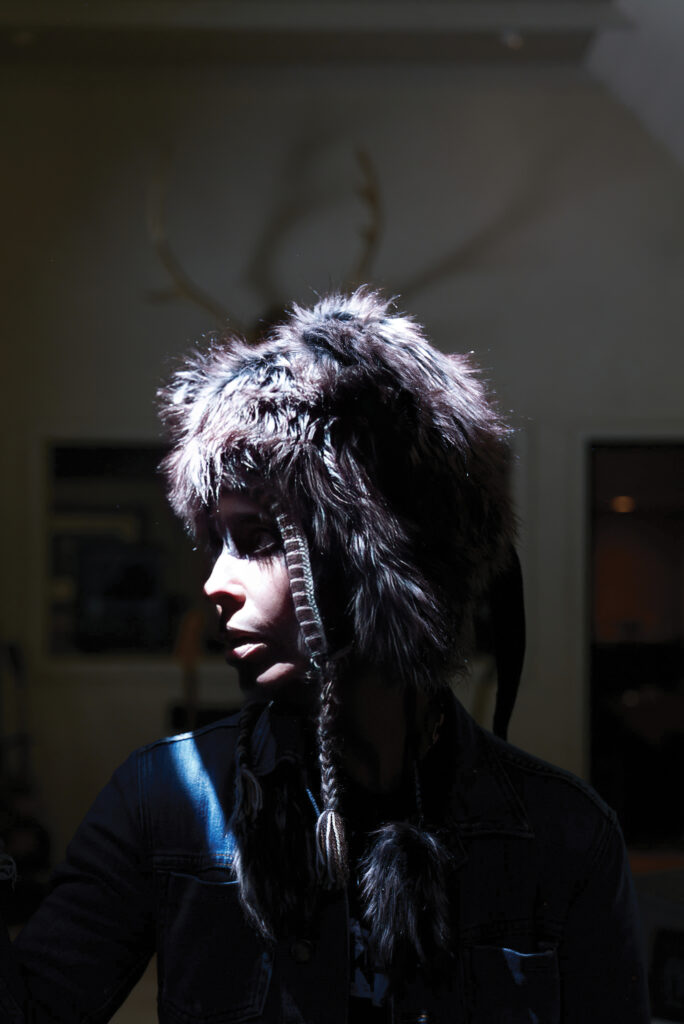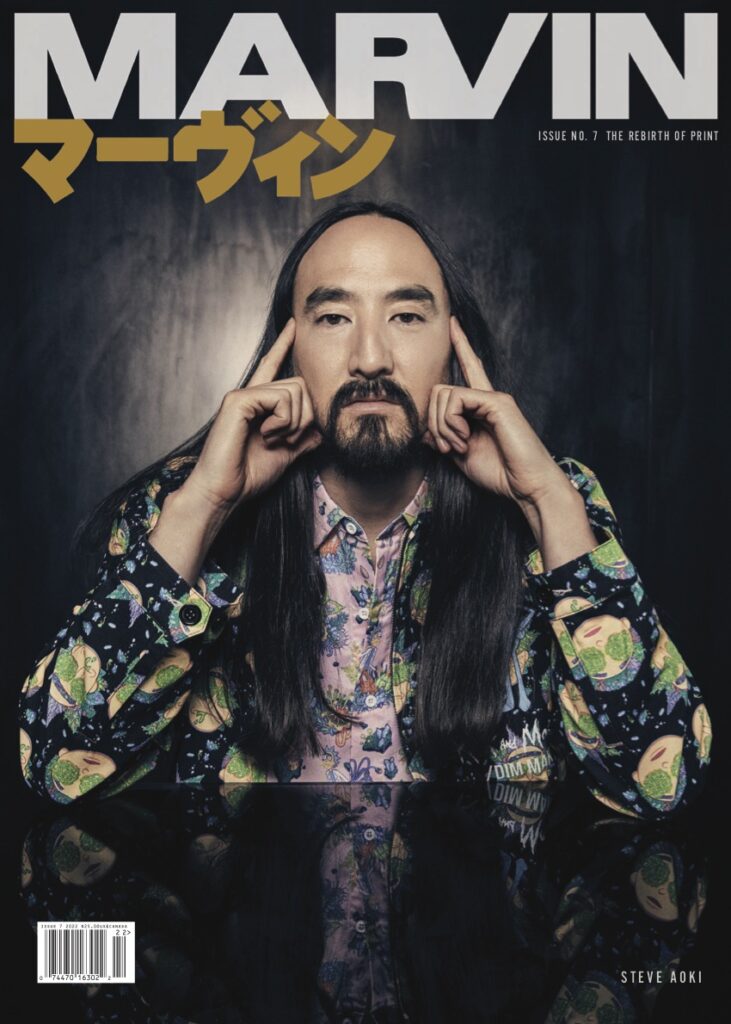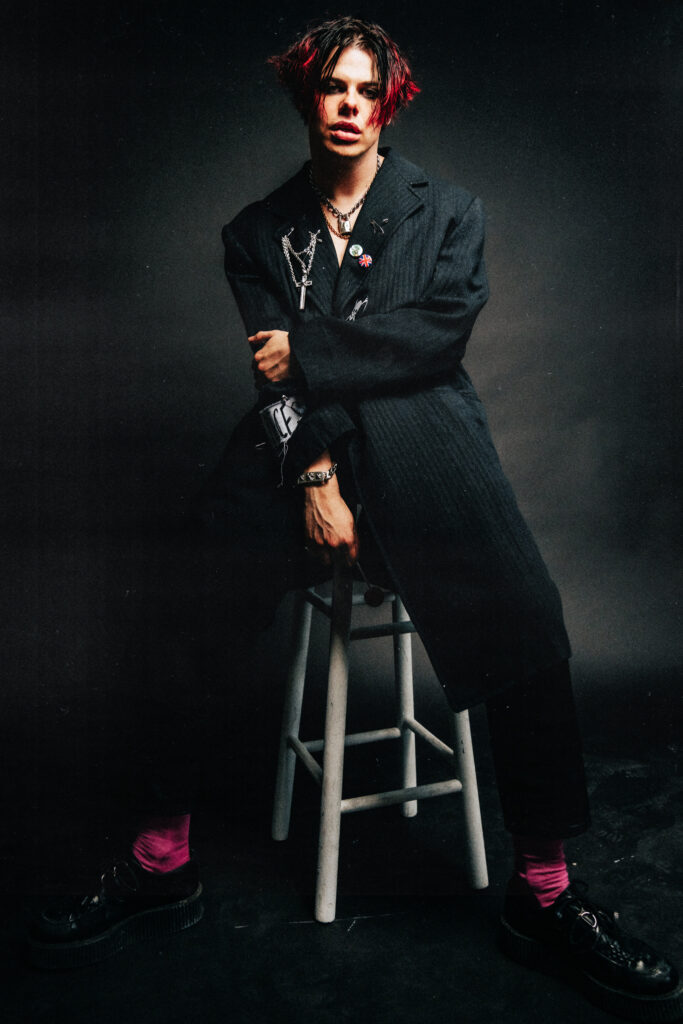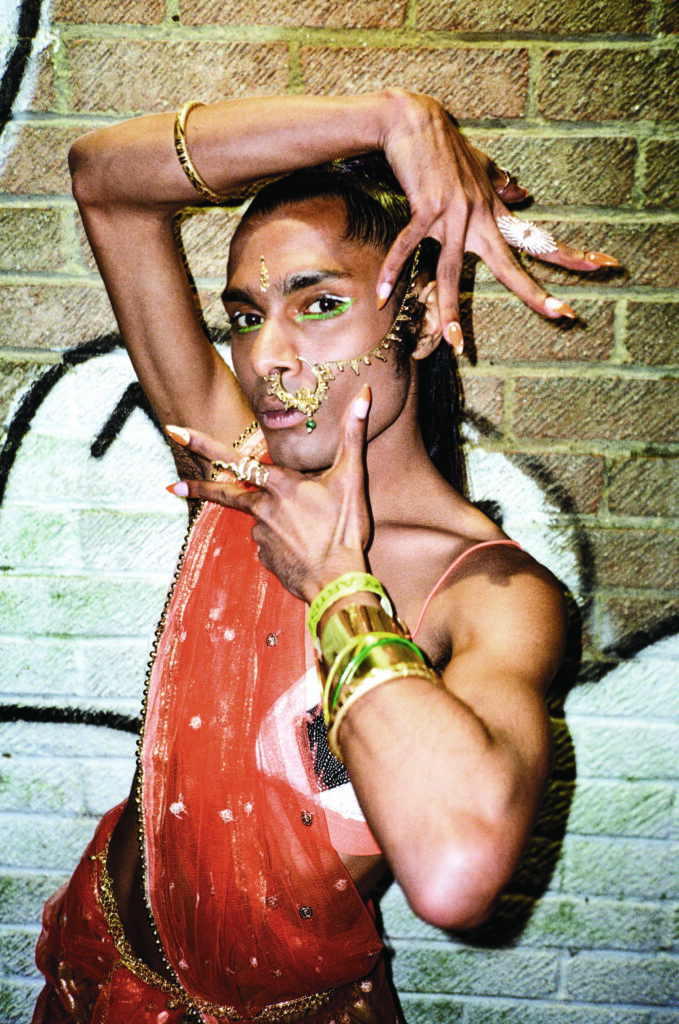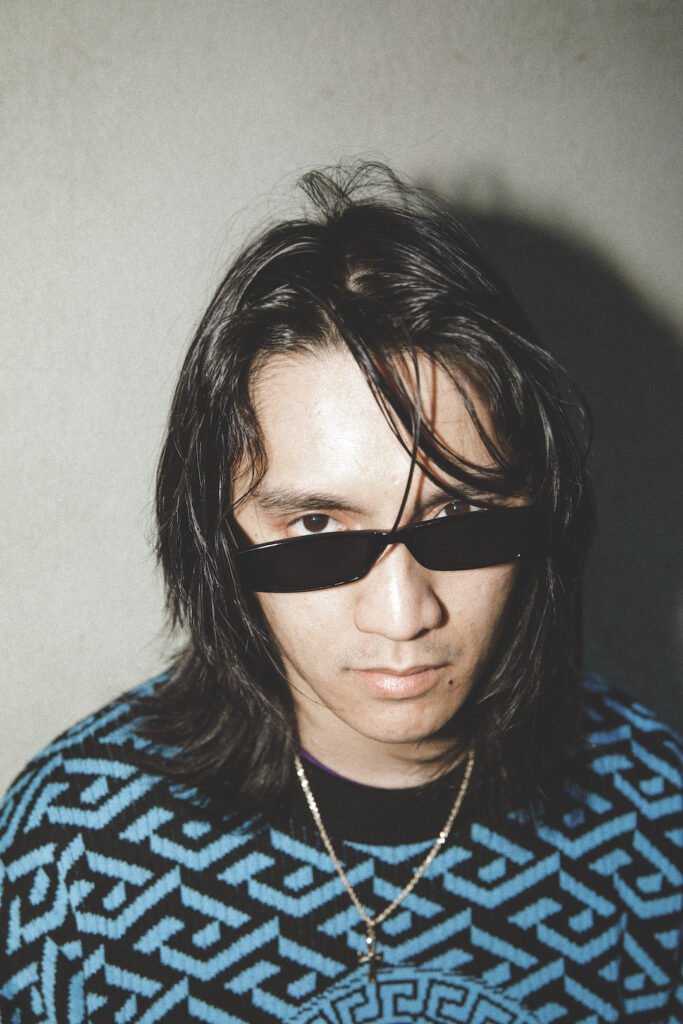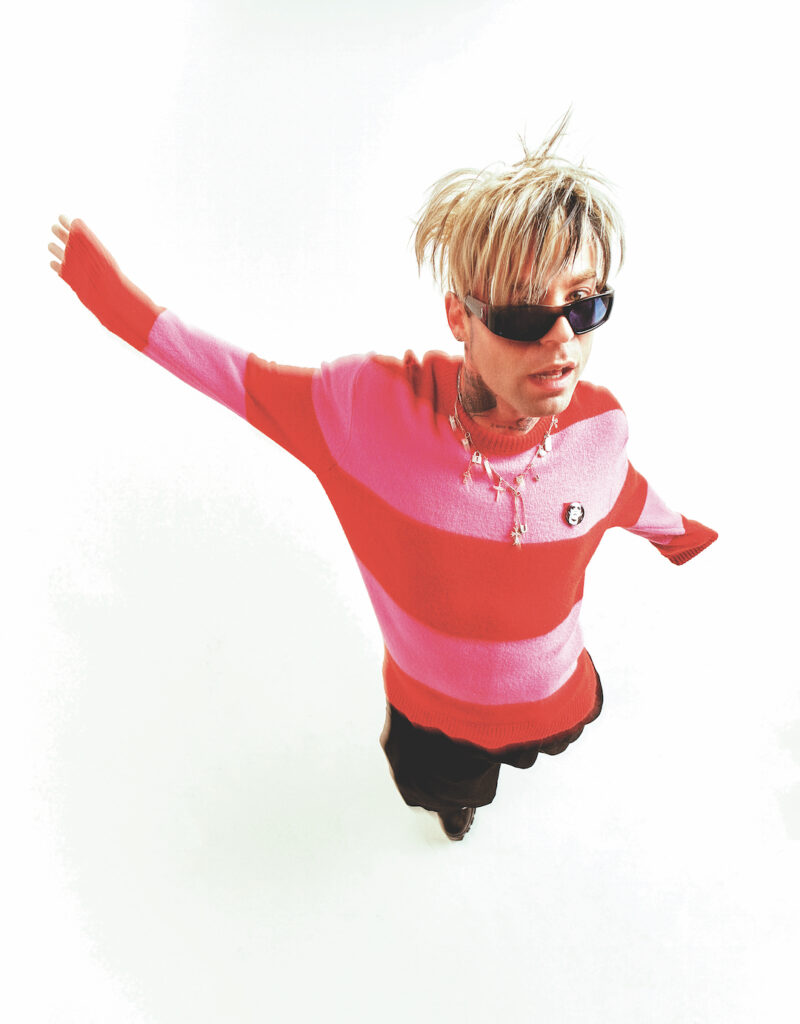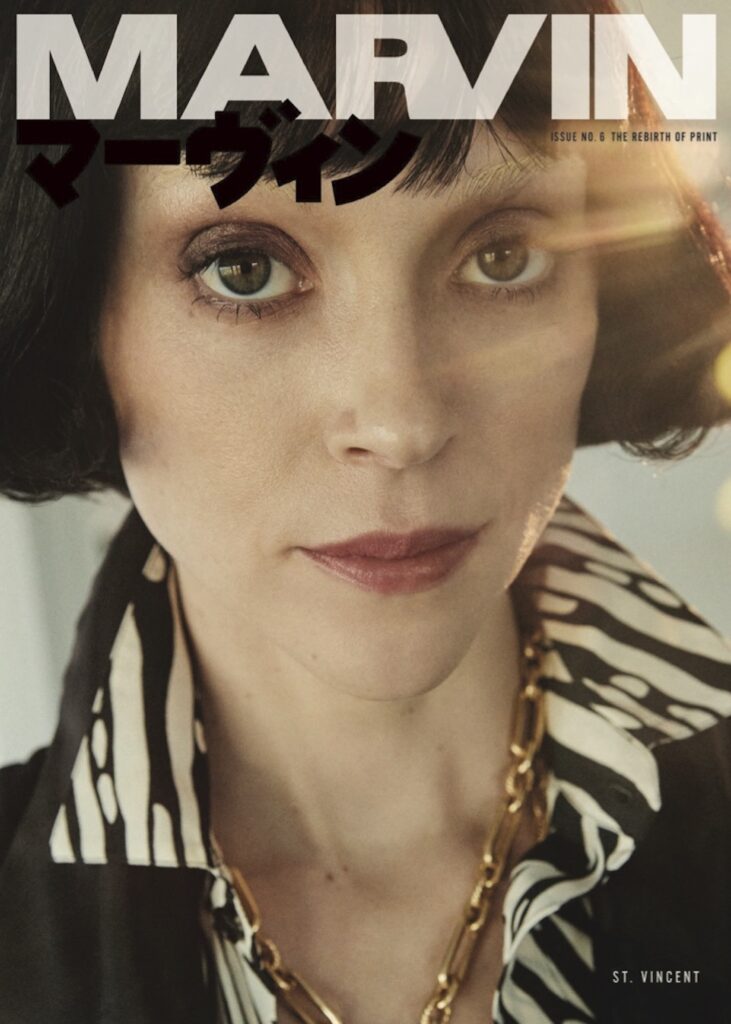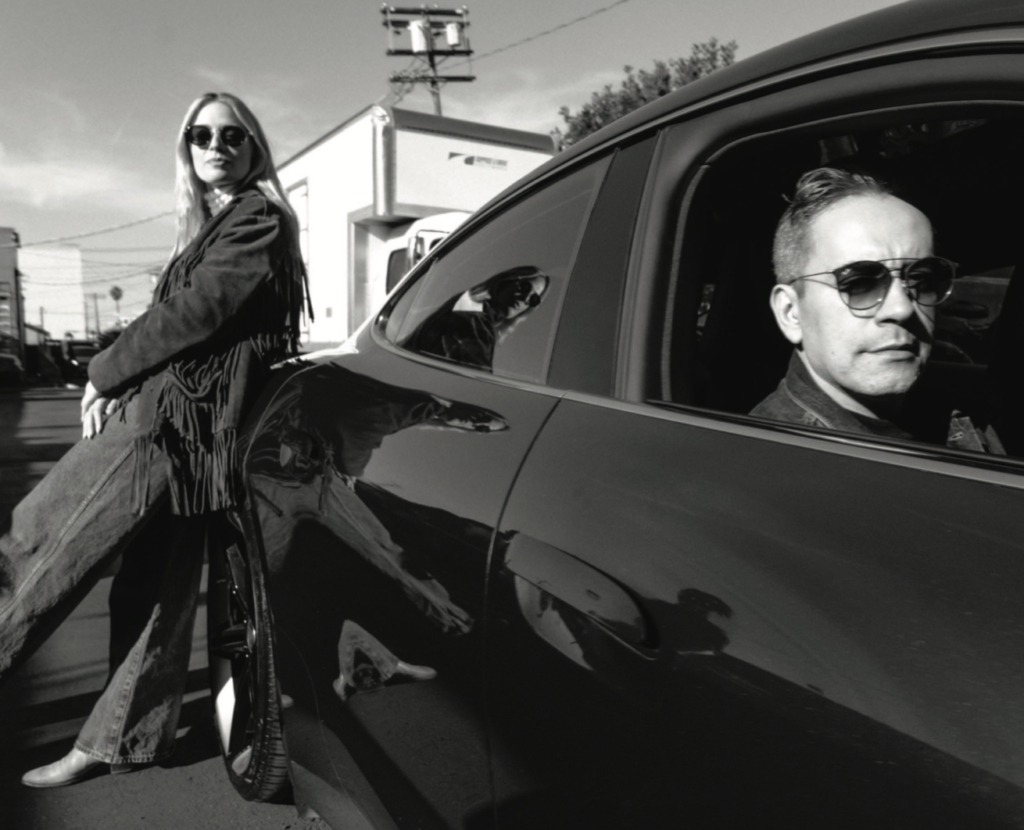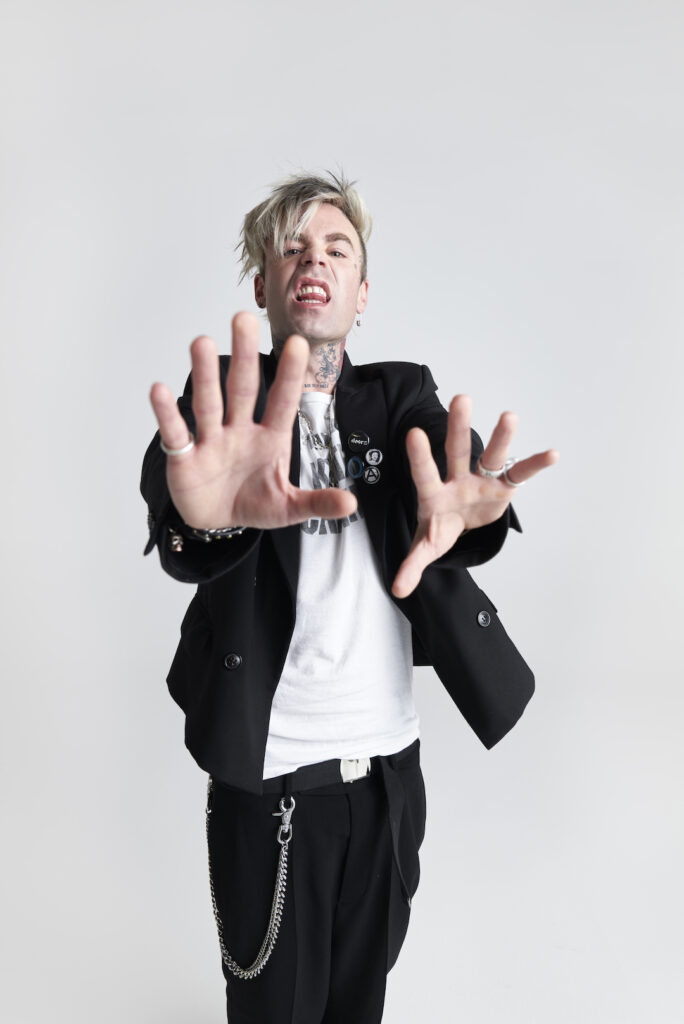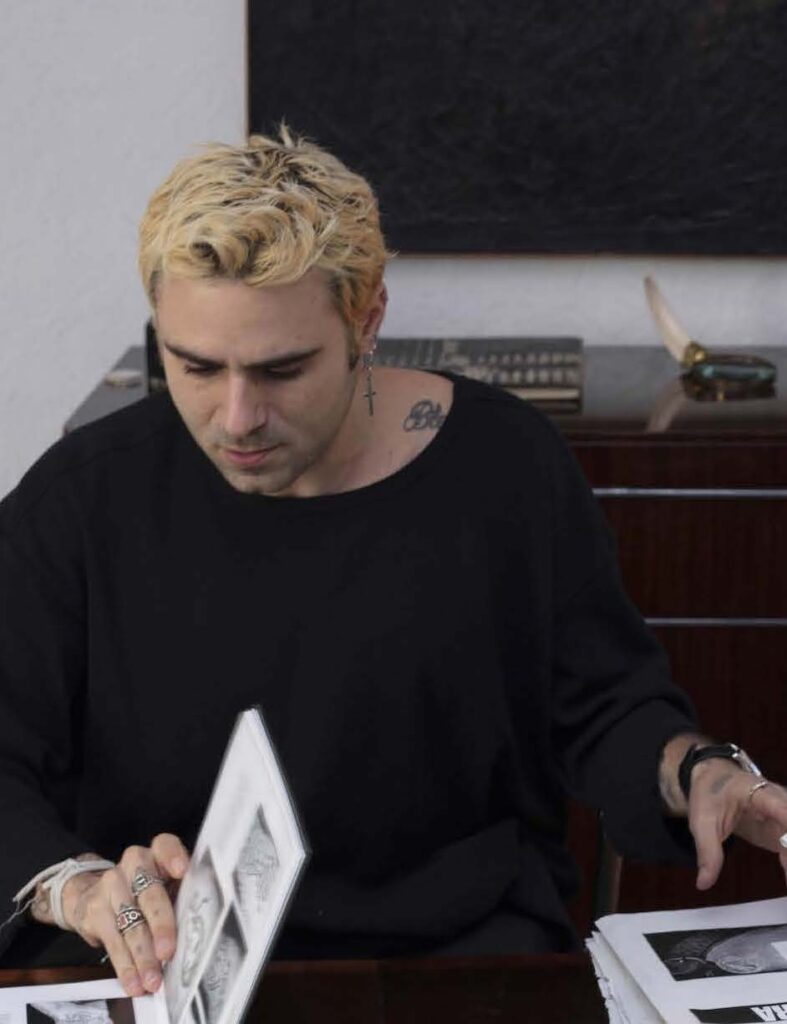Ian Astbury Reflects on Cult Career, Modern Times and Making Art
WORDS by J.C. GABEL
PHOTOGRAPHY by DANIEL PRAKOPCYK
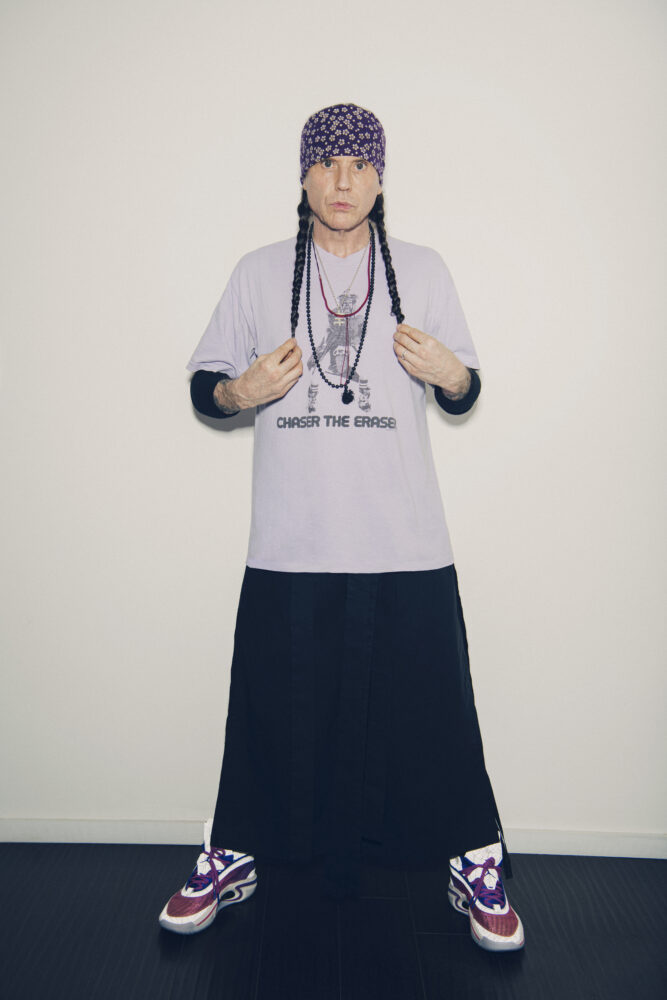 Ian Astbury has been the unapologetic, enigmatic frontman and main lyricist for The Cult for decades.
Ian Astbury has been the unapologetic, enigmatic frontman and main lyricist for The Cult for decades.
There were of course some off years, when The Cult split up, but they always got back together—at least the two mainstays of the group anyway— Astbury and guitarist Billy Duffy. Both have been living in Los Angeles since the late 80s and are now more adopted Americans than British expats.
Right out of the gate, The Cult (originally named Southern Death Cult, and then just Death Cult) captured the spirit of their times. Formed in West Yorkshire, England in 1983, The Cult were met with almost immediate chart-success with their first two albums Dreamtime and Love, which was further driven by their mesmerizing live shows that borrowed the grit of punk and 60s psychedelia and married it with gothic anthems and post-punk rhythms.
The band took a not-surprising turn toward hard rock in the late 80s, and, as Astbury notes, embarked on a big tour as openers for Guns N’ Roses. This sonic change in sound was the result of hiring Rick Rubin, founder of Def Jam Recordings, who at the time was producing the Beastie Boys and Run-DMC, but also thrash metal heroes Slayer. The Cult’s third album Electric, produced by Rubin, precipitated the permanent move to LA and also their ascension back into the Top 40 charts in both the US and UK.
The band hired Bob Rock to produce their fourth record, Sonic Temple, which came out in 1989 and produced one of their biggest hit singles, “Fire Woman,” on heavy rotation during MTV’s music video era. Their fifth album Ceremony led to a lawsuit, when the Indigenous parents of the boy featured on their album cover sued for alleged exploitation and unauthorized use. The lawsuit delayed the record’s release in several countries and wrecked the band’s steadily building momentum.
I recount to Astbury that one of my first live concerts was seeing them open for Metallica in 1989 on the …And Justice for All tour when I was 13 years old. He laughs. “We’d played larger arenas before. We opened up for Iggy Pop and David Bowie in Europe, previous to that Metallica opening slot.”
Astbury has been performing live in front of audiences since 1981. There were brief times in the 90s and early aughts when The Cult broke up and Astbury played with other groups, including a supergroup that included original members of The Doors, Ray Manzarek and Robby Kreiger, with Ian on vocals, emulating (and one could say channeling) one of his musical heroes, Jim Morrison. Astbury remembers hearing the haunting Doors’ track “The End” early in his youth and it never left him.
Through a mix of fate and karma, Astbury says, Duffy and Astbury would reconcile and make more Cult records, after their ill-fated, self-titled album in 1994, The Cult released Beyond Good and Evil in 2001. Since 2006, when they came back from their second hiatus, they’ve released three more albums until this new one: Born into This (2007), Choice of Weapon (2012) and Hidden City (2016).
“Duffy and I are polar opposites,” he explains. “We find the middle ground. It’s mutual tolerance. What compels it? The muse. The vehicle. The audience—they are more like benefactors. When I turn up, I give them the very best of me. So does he. That is our bond.”
The Cult have just released their 11th album Under The Midnight Sun on Black Hill Records. Earlier this summer, with supporting acts like Black Rebel Motorcycle Club opening for them.
According to Astbury, their latest record was inspired by the band’s time playing in a Finnish music festival called Provinssirock in 1986. It’s held over two or three days in the Southern Ostrobothnia city of Seinäjoki during summer when it’s normal for the sun to not set until late morning; hence the title. The record is classic Cult material from start to finish.
Astbury is a philosophical guy by nature. He says this side of him sprung up from his early practice of Buddhism.
I’ve been studying Buddhism since I was in my early 20s, so that gives me a bit of a hall pass for my eventual sobriety, which has been for a long time. [It] helped me deal with the nihilism that comes from rock n roll and punk rock and ego-centric behavior…the messianic complex. I worked it out very early on that this life we lead is a limited opportunity. It’s a privilege, don’t fuck it up. This is sacred space. What’s more is that better men and women were here before you. We are all creating in a communal, shared space. As William Burroughs said, ‘short-circuit control’, once you have done that, ego is removed from the equation. Respond, don’t react. Take a breath. Karma is a real thing.
Astbury tells me that his late teen years were spent squatting apartments and finding his place in the world. He drifted in and out of Glasgow and Liverpool. He eventually found his grounding in the home of the band Crass.
I was adopted by them as a kid. I was rolling cigarettes for them and making tea, handing out badges at their shows. I hold them in high reverence. I was also apprenticed by The Clash, Bauhaus and New Order…I was the son of an immigrant. My father was a war refugee and I grew up in England and then Canada with indigenous kids. My best friend was from Kingston, Jamaica. I remember getting the shit kicked out of me when I was 11 years old by Kiss fans because I liked Bowie and had long hair. Coming from the industrial wasteland of Hamilton, Ontario, for me, Mecca was New York, because Hamilton is just 40 miles from the border of New York state. I was listening to the New York Dolls and watching Soul Train on TV. That was my education.
Before that he recalls a more austere time. “My friends and I were playing in bombed out buildings in the 60s. Where I grew up in England, was the second most-bombed area during The Blitz. Thousands died. It was near the shipyards. My father would hear and see the reconnaissance planes overhead and they would return at nighttime to drop bombs indiscriminately.” Astbury’s father was in the merchant navy and would bring records home from America. Artists like Sam Cooke, Paul Robeson, Johnny Mathis and gospel records. “My parents were working class people, but we had a record collection and encyclopedias,” he says.
Astbury has been doing a lot of album-release interviews of late but he tells me he’s picked up an interesting vibe where everyone, after talking for a bit, is like: “Man, I think I’ve pegged you wrong the last 40 years. I thought I knew what you were about, but I didn’t. You are someone else entirely.” It’s easy to understand why. Astbury’s stage persona and larger-than-life presence don’t prepare you for the even-handed, deeply intellectual rigor of his conversation.
I’m a devotee of good music. I think that there are plenty of young people making incredible music. Go make art. Build the new temples, inject the psychedelics. The kids are alright in that regard. On the other hand, the period I grew up in has been appropriated, demonized, skewered to death. Pitchfork-ized. Editorial policy at Conde Nast: kill it.
It’s no secret that the mainstream press seems to be proselytizing the death of guitar-based music. Several times during our conversation, he rails against the empty pranks and solipsistic impulses of social media and how young people behave and carry themselves these days. It almost becomes an inside joke, in that, like a good Monty Python skit, he keeps coming back to the same theme until things have come full-circle and we both start cracking up.
The week we spoke, the environmental protest whereby activists soiled the glass-covering of a famous Van Gogh painting in opposition to the world’s lack of action in combating climate change was still trending in the news.
Astbury was having none of it.
“Go throw mashed potatoes at a Van Gogh. That’s productive,” he jibes. “You’re not helping, you privileged, nihilist narcissists. Stop it. Do something that isn’t performative. Last time I checked there are factories that still are emitting toxic gasses. Go glue yourself to a sewage pipe. That would make a real statement, not your performative bullshit. That’s it. That’s all I’ve got. The end.” @officialcult


